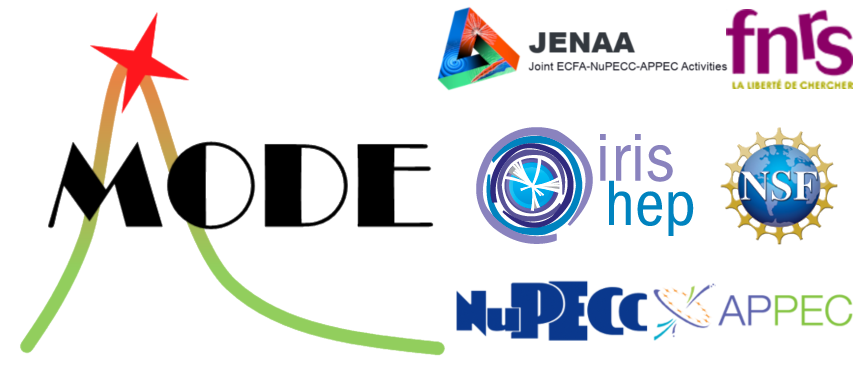Speaker
Description
Dark matter particles pervading our galactic halo could be directly detected by measuring their scattering off target nuclei or electrons in a suitable detector. The expected signal from this interaction is rare, demanding ultra-low background conditions, and small energy deposits below tens of keV would be produced, requiring low energy detection thresholds. Many different and complementary techniques are being applied or under consideration, like solid-state cryogenic detectors, Time Projection Chambers based on noble liquids, scintillating crystals and purely ionization detectors using semiconductors or gaseous targets.
The features of this possible dark matter signal and the detection techniques will be briefly summarized and the latest results obtained, mainly constraining the properties of the dark matter candidates under different scenarios, will be discussed together with the prospects for the coming years. Exploring regions of cross sections where neutrinos become an irreducible background could be at reach for large detectors foreseen for the end of this decade and candidates with increasingly lower masses are being investigated thanks to the development of novel technologies to reduce the energy threshold in small detectors. The discrimination of the expected signal from radioactive background or other noise events is a must when designing these experiments and machine-learning techniques are already being applied in some cases.
